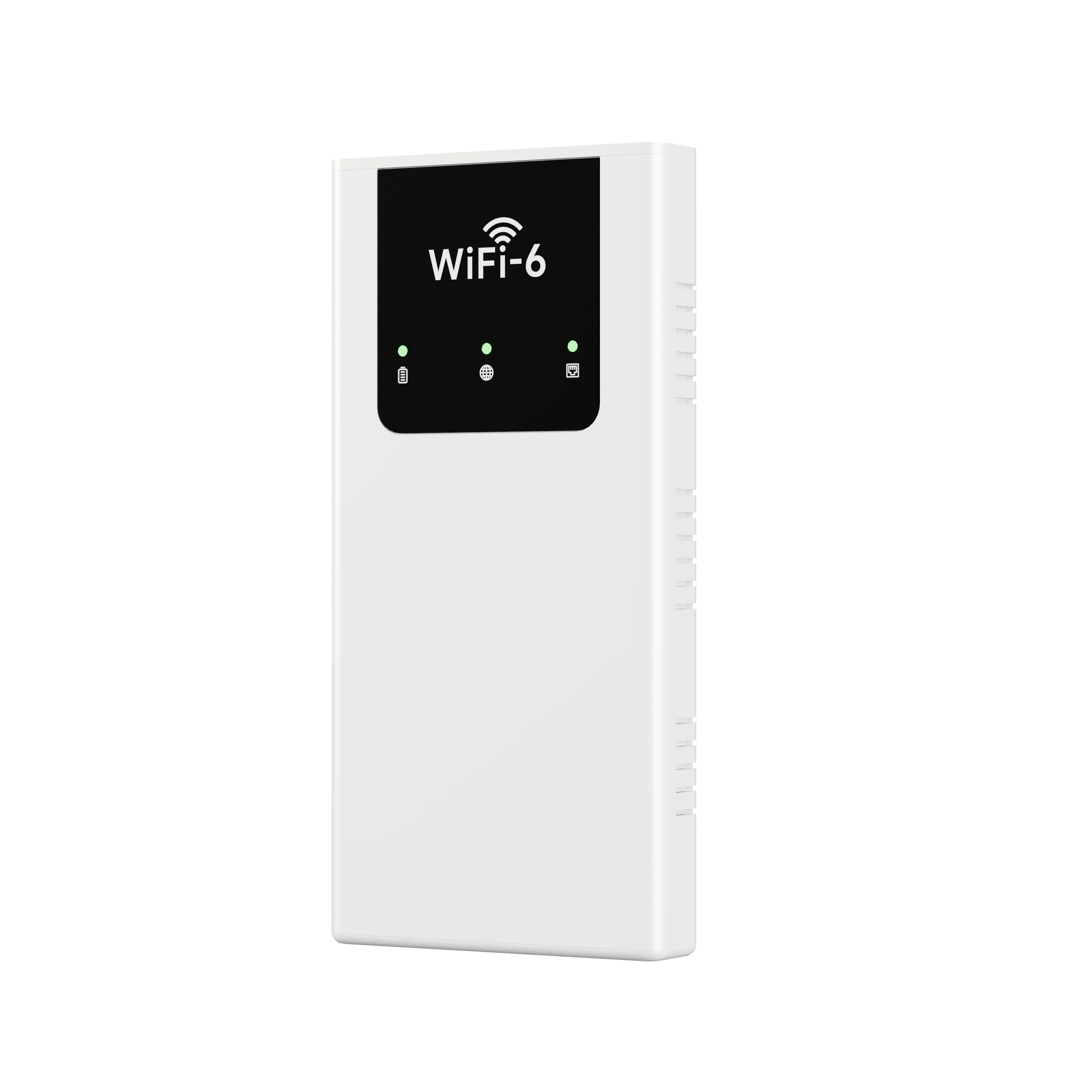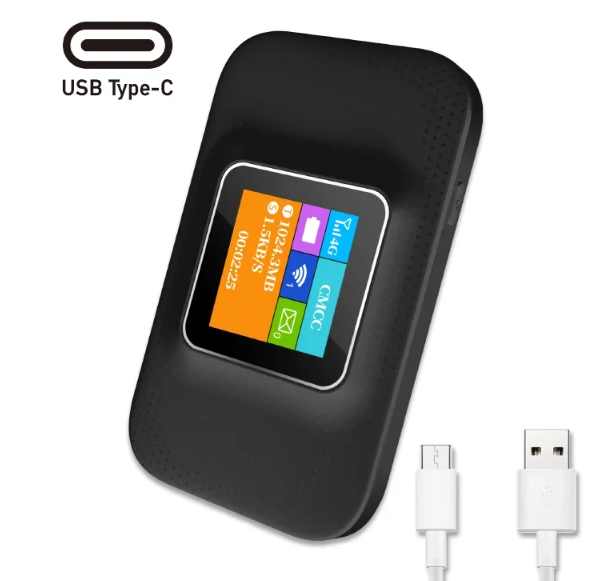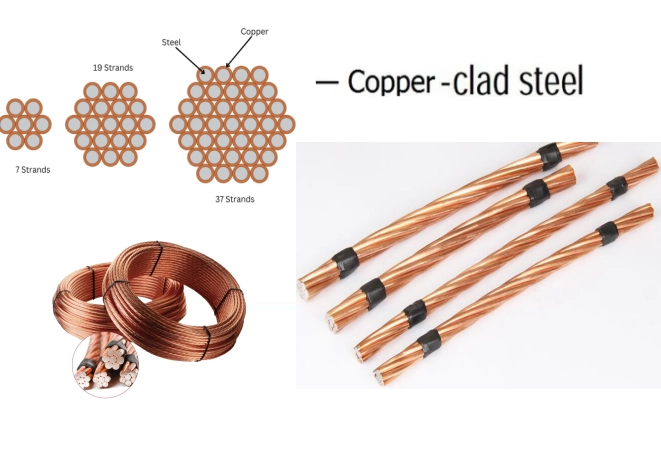In the realm of electrical systems, switches serve as the vital conduits that control the flow of electricity to various devices and appliances. However, encountering a completely dead switch can be a frustrating experience, leaving you in the dark—literally and figuratively. This article delves into the intricacies of diagnosing and fixing a non-responsive switch, providing you with a structured approach to tackle this common electrical issue.
Understanding the Basics: What Causes a Switch to Fail?
Before diving into the repair process, it's essential to understand the potential causes of a dead switch. A switch may become unresponsive due to several factors:
- Electrical Overload: Excessive current can damage the internal components of a switch, leading to failure.
- Wear and Tear: Over time, mechanical components can wear out, especially in frequently used switches.
- Loose Connections: Poor wiring or loose connections can interrupt the flow of electricity, rendering the switch ineffective.
- Moisture Damage: Exposure to water or humidity can corrode the internal mechanisms of a switch, causing it to fail.
- Faulty Wiring: Issues in the electrical circuit, such as frayed wires or incorrect installations, can also lead to a non-functional switch.
Step-by-Step Guide to Fixing a Completely Dead Switch
Step 1: Safety First
Before attempting any repairs, ensure your safety by following these precautions:
- Turn Off the Power: Locate the circuit breaker that controls the switch and turn it off. This step is crucial to prevent electrical shock.
- Use a Voltage Tester: Confirm that the power is off by using a non-contact voltage tester on the switch.
Step 2: Inspect the Switch
Once you’ve ensured safety, proceed to inspect the switch:
- Visual Examination: Look for any visible signs of damage, such as burn marks, cracks, or corrosion.
- Check the Toggle Mechanism: Ensure that the switch lever moves freely and isn’t stuck in one position.
Step 3: Remove the Switch Cover
To access the internal components of the switch, you will need to remove the cover:
- Unscrew the Cover Plate: Use a screwdriver to remove the screws holding the cover plate in place.
- Gently Pull the Switch Out: Carefully pull the switch from the wall box to expose the wiring.
Step 4: Inspect the Wiring
With the switch exposed, examine the wiring connections:
- Check for Loose Wires: Ensure that all wires are securely connected to the switch terminals. If you find any loose connections, tighten them with a screwdriver.
- Look for Damaged Wires: Inspect the wires for any signs of fraying or damage. If you find any, you may need to replace the damaged section or the entire wire.
Step 5: Test the Switch
Before replacing the switch, it’s prudent to test its functionality:
- Reconnect the Power: Turn the circuit breaker back on and use a voltage tester to check if power is reaching the switch.
- Test the Switch: If power is present, toggle the switch to see if it responds. If it does, the issue may have been a loose connection.
Step 6: Replace the Switch (if necessary)
If the switch remains unresponsive after testing, it may be time for a replacement:
- Purchase a Compatible Switch: Ensure you buy a switch that matches the specifications of the old one (e.g., single-pole, three-way).
- Disconnect the Old Switch: Carefully unscrew the wires from the old switch and remove it from the wall.
- Install the New Switch: Connect the wires to the new switch, ensuring they are securely fastened. Follow the manufacturer’s instructions for proper installation.
- Reattach the Cover Plate: Once the new switch is in place, reattach the cover plate and secure it with screws.
Step 7: Final Testing
After installation, it’s crucial to test the new switch:
- Restore Power: Turn the circuit breaker back on.
- Test the New Switch: Toggle the switch to ensure it operates correctly. If it does, congratulations! You’ve successfully revived your switch.
Conclusion
Fixing a completely dead switch may seem daunting, but with the right approach and safety precautions, it can be a manageable task. By understanding the underlying causes, following a systematic troubleshooting process, and knowing when to replace the switch, you can restore functionality to your electrical system. Remember, if you ever feel uncertain about handling electrical repairs, it’s always best to consult a licensed electrician to ensure safety and compliance with local codes.


